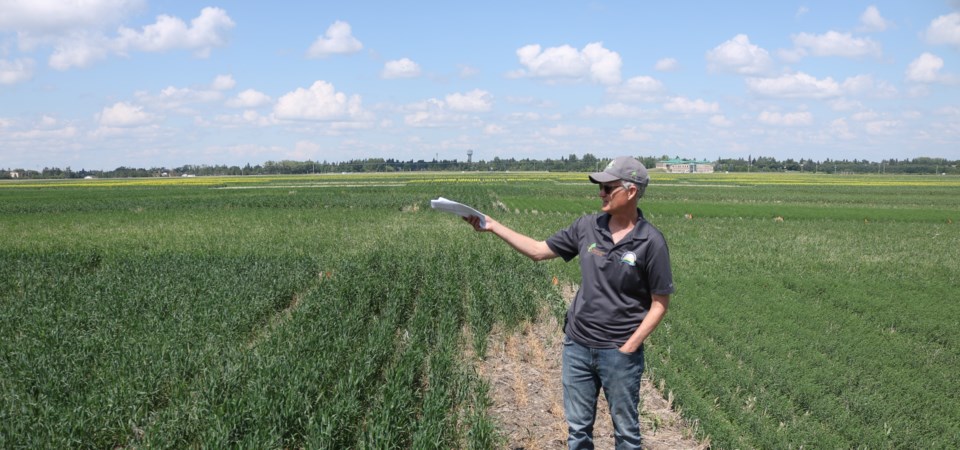YORKTON - Agriculture, like most business sectors, spends a fair amount of resources, both cash and time, seeking what might be the next big thing.
It’s not an easy find in terms of crops for Canadian Prairie Producers.
There are a number of core obstacles to overcome, starting with of course the growing conditions here.
Producers might well wish to add field corn or soybeans to their rotations, but conditions here are not optimum for growing either crop.
So what has to take place is considerable effort in terms of plant breeding trying to create varieties that will produce under conditions here to a level where they are not just profitable in terms of the input of the crop itself, but competitive with long term crops already grown.
What that comes down to is a new cropping option has to be able to muscle its way economically into a crop rotation now dominated by high value canola and backed up by well-understood and reliable wheat.
And, there is also the consideration of markets when a ‘new’ crop is considered.
In truth there are no new crops. There may be new varieties that allow expansion of acres into non-traditional areas, but they are not new.
So, markets exist and when a new area starts producing they add production which must essentially leech market share from someone else.
The mere fact Canadian farmers are starting to produce soybeans doesn’t mean buyers are going to flock to acquire that production against well-established and trusted sources such as the United States, Brazil and Argentina.
Of course corn and soybeans are the high profile crop producers likely dream of most.
But researchers tend to take a very broad view of crop research.
For example, on a recent tour of the East Central Research Station, a joint effort of the East Central Research Foundation and the newly minted Suncrest College, two plots stood out.
One was delving into whether lupins can be successfully grown in East Central Saskatchewan, while another series of plots was growing the spice fenugreek.
Both have been looked at before. A promoter likely 25 years ago was suggesting lupins could become a major crop – which obviously did not happen, and fenugreek, along with coriander and caraway have been looked at as spice crops that can be grown under field conditions with existing equipment but as one might expect as a spice have a somewhat limited market.
According to pulses.org lupins are widely grown in Australia, Russia, Europe and South America. They are a popular snack usually preserved in brine or pickled.
If they were grown here could Canada break into the market?
How does added acres of a spice market at a reasonable return?
Of course research is about creating opportunities and the establishment of acres and markets is for others to establish.
But, one wonders will a major acre crop emerge again? Time will tell as they say.

